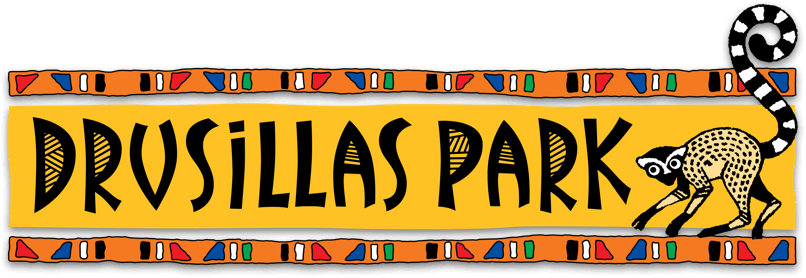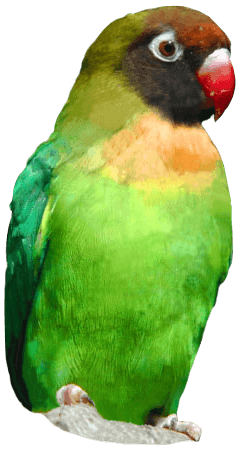
Dora the Binturong Arrives At Drusillas
PUBLISHED ON 13/8/25
Welcome Dora!
We are going wild with excitement over the arrival of a brand-new resident: a sweet female binturong named Dora, who has recently joined our animal family.
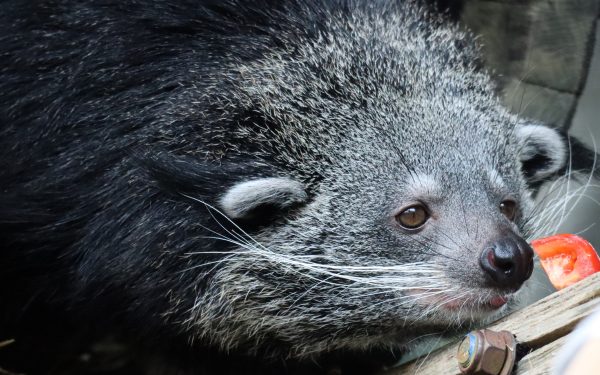
7-year-old Dora travelled all the way from Frankfurt Zoo to meet 3-year-old Niffler, our much-loved male binturong, and the two are slowly but surely forming a bond. Keepers hope the pair will one day contribute to the conservation of this vulnerable and little-known species in one of the many international breeding programmes Drusillas is part of - and perhaps, in time, we’ll hear the pitter-patter of tiny binlet feet. (Yes, the babies really are called ‘binlets’!)
Being such an unusual animal, visitors are always asking keepers ‘what is a binturong?’ Often described as a “bearcat” the binturong, a tree-dwelling mammal native to the dense rainforests of Southeast Asia, is actually related to neither bears nor cats. Despite their feline and teddy-like appearance, binturongs are actually part of the civet family, a group of small-to-medium-sized carnivores.
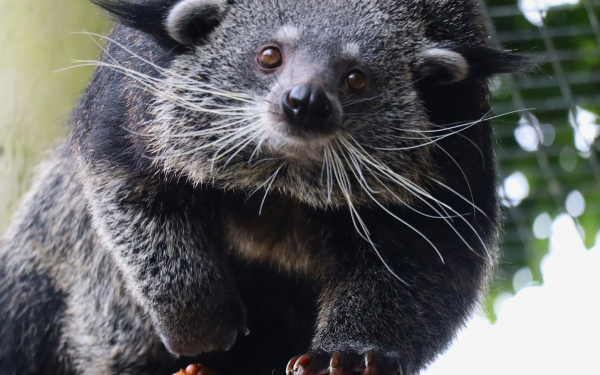
Known for their shaggy black fur, prehensile tails, and unique scent, which famously smells just like buttered popcorn, binturongs are full of surprising characteristics. Their muscular tails act like a fifth limb, allowing them to move confidently through the forest canopy, and their slow, deliberate movements make them look almost cartoon-like to visitors.
Drusillas Animal Manager, Mark Kenward, said:“We’re all absolutely smitten with Dora. She’s a gorgeous, gentle-natured binturong, and we’ve loved seeing her settle in and start to bond with Niffler. He’s been with us for a little while now and has become a real favourite with staff and visitors alike and we think Dora will be loved much the same.”
“Not many people know about binturongs, but they’re such charismatic and important animals. It’s a real joy to help raise their profile and share their story with our visitors.”
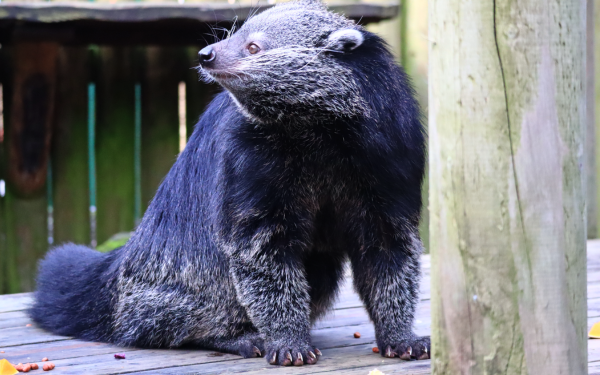
Sadly, binturongs are classified as Vulnerable by the IUCN Red List, with wild populations in steep decline. Habitat loss due to deforestation is one of the biggest threats, but binturongs are also caught up in the exotic pet trade and exploited in the production of civet coffee - a ‘luxury’ product made from coffee beans that have been digested and defecated by civet family species.
That’s where Drusillas’ partnership with The Civet Project comes in. The Civet Project is an international conservation charity working to combat the unethical farming of civets and binturongs for coffee. As global demand for kopi luwak grows, animals are being captured from the wild and kept in appalling conditions to produce the beans, with serious consequences for welfare, conservation, and even human health.
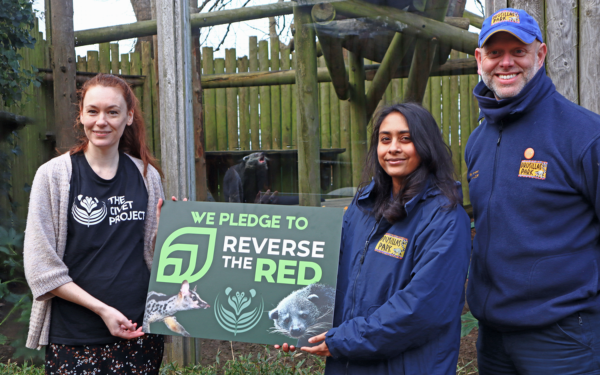
Drusillas partnered with The Civet Project in 2023 through our charity, Drusillas Conservation in Action, and together we fund vital fieldwork such as the Civet One Health project - a collaborative initiative focused on education, outreach and policy change in Vietnam, one of the world’s largest producers of civet coffee.
Mark added: “Dora’s arrival is not only a great step for our zoo family and the binturong breeding programme, it’s also an opportunity to shine a light on the threats these animals face in the wild and how we can all help protect them. Most people don’t realise that binturongs and civets are being caught and caged to produce expensive coffee, but once they learn, they’re shocked. Raising awareness is such an important part of conservation.”

Visitors can now catch a glimpse of Dora and Niffler along the zoo route. But they should bear in mind that binturongs are naturally active at dawn and dusk, so you’re most likely to spot them catching a snooze in their nest boxes or taking a sleepy stroll around their habitat.
The slow-moving pair have already fast-tracked their way into the hearts of the Drusillas team - and with any luck, they’ll soon be starting a new chapter in the binturong love story.
